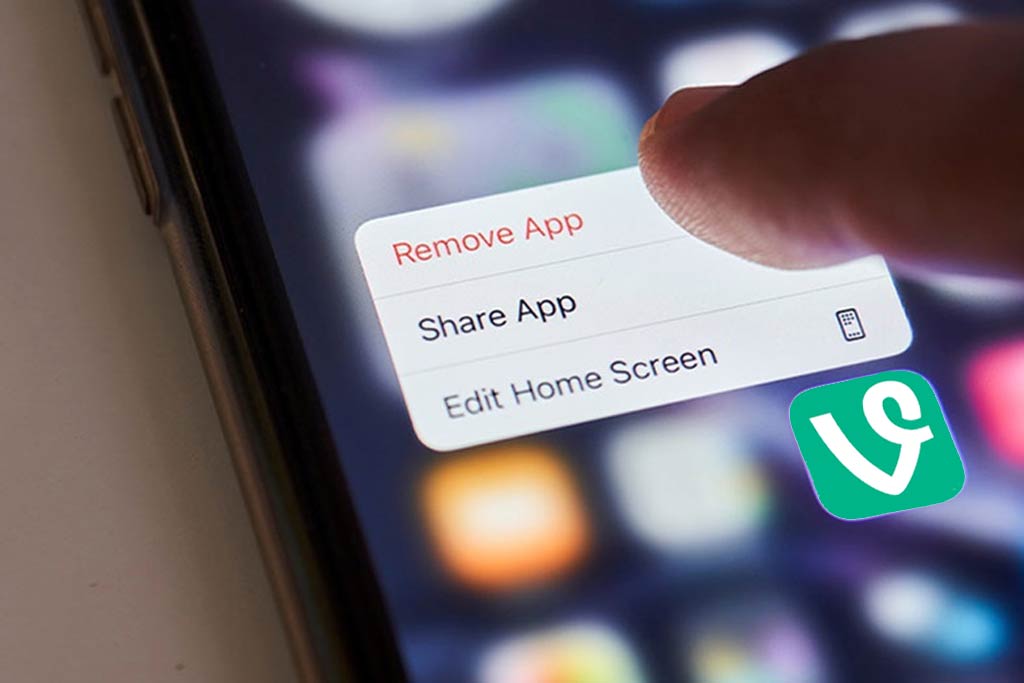The Rise and Fall of the Iconic Social Media Platform
Vine, the six-second video-sharing app that once captivated millions of users and helped launch the careers of some of today’s biggest internet stars, had a meteoric rise, only to be shut down a few years later. Its downfall raises questions about the nature of social media platforms, the impact of short-form video content, and the struggles of monetization within the ever-evolving landscape of digital entertainment. Let’s explore what happened to Vine, the factors that led to its shutdown, and how its legacy lives on in platforms like TikTok and Instagram.
The Birth of Vine: A New Wave of Content Creation
Vine was launched in January 2013 as a mobile app that allowed users to create six-second looping videos. The simplicity of the platform was its strength—content creators had to work within a strict time limit, which forced them to be creative and innovative. Vine’s format, with its continuous loop of video, became its signature, leading to a new way of storytelling that was quick, quirky, and highly shareable.
The app was co-founded by Dom Hofmann, Rus Yusupov, and Colin Kroll. The trio, who were former executives of the social media talent agency Vine Creator Coalition, sought to revolutionize the way people consumed short-form video content. By the time Vine was acquired by Twitter in 2012, it had already attracted a small group of creators and active users. Despite its early success, the app faced significant challenges when it came to monetization, which ultimately led to its demise.
Vine’s Popularity and the Rise of Vine Stars
In its brief life, Vine became home to some of the most influential internet personalities. Among the Vine stars who rose to fame were figures like Logan Paul, Lele Pons, and Shawn Mendes. The app gave these creators a platform to showcase their talents, and many of them transitioned to other social media platforms like YouTube, Instagram, and TikTok after Vine’s shutdown.
Logan Paul, for instance, became known for his comedic and outrageous six-second videos, which helped him build a massive following. Similarly, Lele Pons used Vine to perfect her unique brand of humor and storytelling, which ultimately led to her success as a YouTube personality and actress. Shawn Mendes, who would go on to become a global pop star, initially gained attention on Vine for posting his musical covers in short, six-second bursts. Other notable Vine stars like King Bach, Cameron Dallas, and Nash Grier also made names for themselves by harnessing Vine’s viral potential.
Vine’s business model, however, was one of the key factors that eventually led to its decline. Despite having a massive user base and becoming one of the most popular apps in the world at the time, the lack of monetization options for creators was a major problem. With no clear revenue stream, many of the most successful Vine creators started to migrate to other platforms that offered better opportunities for financial gain, such as YouTube and Instagram.
The Beginning of the End: Problems with Monetization
Vine’s inability to create a sustainable business model was a critical flaw. Twitter, which acquired Vine in 2012, struggled to find a way to monetize the platform effectively. Unlike platforms such as Instagram, which had integrated advertising and paid promotions into their business models early on, Vine did not offer any such opportunities for its creators. This created dissatisfaction among content creators, who began seeking out other platforms that would provide a better return on their hard work.
Moreover, Vine’s 6-second time limit, though innovative, was eventually seen as too restrictive for creators who wanted to produce longer, more in-depth content. As Instagram and YouTube expanded their video formats, allowing for longer videos and even more creative control, Vine’s six-second loops began to feel limiting.
Vine also faced strong competition from emerging video-sharing platforms. Snapchat, which introduced short-form video messaging, and Instagram video, which allowed users to post up to 15-second videos, offered creators more flexibility and tools to build their online presence. The increasing popularity of Instagram’s video features, as well as the rise of YouTube and later TikTok, further exacerbated Vine’s difficulties in retaining creators.
The Impact of the Rise of TikTok
In the coming months following Vine’s shutdown in 2017, many former Vine creators turned to new platforms, most notably TikTok. TikTok, which was initially launched in 2016 under the name Musical.ly, quickly gained traction due to its focus on short-form video content. With its 15-second video format and a robust set of editing features, TikTok became a new home for former Vine stars and new creators alike.
TikTok’s meteoric rise can be attributed to several factors. First, the app’s algorithm, which is built around viral discovery, allowed users to easily gain visibility, even with little to no prior following. Second, TikTok provided creators with monetization options, including brand partnerships, sponsored content, and even the TikTok Creator Fund. This stood in stark contrast to Vine, where creators had no such opportunities. TikTok has since become one of the most downloaded apps worldwide, and it’s now regarded as the premier short-form video platform.
In many ways, TikTok can be seen as the spiritual successor to Vine. Both platforms focused on short-form content and allowed for viral moments, but TikTok was able to learn from Vine’s mistakes and build a more sustainable business model.
The End of Vine: Shutting Down in 2017
Despite its enormous popularity, Vine’s inability to monetize and compete with other platforms led to its eventual shutdown. In October 2016, Twitter announced that it would be discontinuing the Vine app. By January 2017, the platform was officially gone, leaving behind a legacy of viral moments, internet-y humor, and a massive library of short-form video content.
Vine’s closure marked the end of an era for many content creators who had built their careers on the platform. Vine compilations, which aggregated the most popular and funniest clips from the app, became a staple of YouTube viewing. However, for many of Vine’s biggest stars—like Zach King, Rudy Mancuso, and Brittany Furlan—Vine’s closure forced them to pivot to other platforms.
In the aftermath of Vine’s shutdown, the internet archive of all Vine videos became a treasured resource for fans who wanted to relive the moments that defined pop culture history. Vine may have been short-lived, but it left an indelible mark on the internet and on the careers of the creators who helped shape its culture.
The Legacy of Vine and the Rise of New Creators
Although Vine was shut down in 2017, its influence on the world of social media has lived on. Many of Vine’s former executives and creators, including co-founders Hofmann and Yusupov, would go on to be involved in the development of other popular social platforms. They played pivotal roles in the growth of short-form video formats, which are now a core feature of platforms like TikTok, Instagram Reels, and YouTube Shorts.
Vine’s failure to capitalize on its massive user base also serves as a cautionary tale for other social media platforms. The app’s inability to provide creators with ways to monetize their content was a significant barrier to long-term user growth. As social platforms like TikTok and Instagram have learned, offering creators tools to earn money is crucial for fostering a thriving content ecosystem.
Today, short-form videos have become a dominant force on social media. Platforms like TikTok, Instagram, and YouTube have transformed how we consume content, and new creators continue to rise to prominence in this space. Vine may no longer be with us, but its spirit lives on in these platforms, which have embraced the power of short-form video content and the potential of new creators to shape the future of social media.
In a Nutshell: What Happened to Vine?
Vine’s demise was a result of several factors: a lack of monetization options, competition from other platforms, and an inability to evolve with the changing digital landscape. Despite these challenges, Vine’s cultural impact cannot be overstated. The app helped launch the careers of some of the internet’s most famous stars, from Logan Paul and Lele Pons to Zach King and Brittany Furlan.
As the world of social media continues to evolve, Vine’s legacy lives on in the short-form video formats that dominate today’s platforms, particularly TikTok. In the end, Vine’s story serves as a reminder that the success of a social media platform depends not only on user growth but also on its ability to adapt and provide creators with the tools they need to thrive.
Related:


